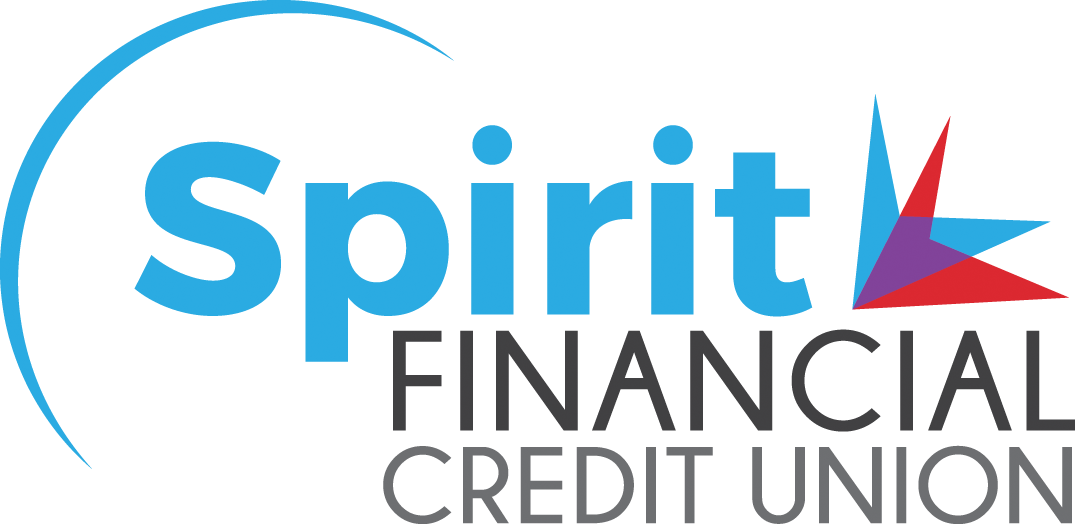Personal Loan vs. Personal Line of Credit – Which is Best for You?
We’ve all had the need for some extra cash at various points in our lives, from unexpected emergencies to funding for a special purchase or even to pay down high-interest debt. Personal loans and lines of credit can be a great solution to your cash needs. So, what’s the difference between a personal loan and a line of credit and which is better for you? We’re so glad you asked. The biggest difference is the manner in which you receive the funds. Which is better, depends on your specific needs. Let’s explore a bit more to find out which is best for you.
Personal loans
A personal loan is a lump sum of money borrowed at a pre-set interest rate and for a pre-approved term. You begin accruing interest on the full loan balance immediately and are responsible for making your monthly payments over a set period of time. Personal loans provide the predictability and ease of a fixed monthly payment that may be better for your budget. You make a payment each month until the entire loan is paid off. Personal loans are typically unsecured loans, so they do not require any type of collateral. They are best for larger expenses that need a one-time payment. Some examples of good uses of a personal loan include:
· Consolidating high-interest credit card debt
· Paying for a wedding
· Purchasing a big-ticket item
· Pay off a higher interest loan
· Paying for a vacation
· Expensive car repairs
· A planned home repair
· An emergency expense
Personal lines of credit
A personal line of credit, on the other hand, is a revolving credit line, similar to a credit card, but is only valid for a pre-approved term. Once you are approved, you can borrow money on an ongoing basis up to your credit line limit. Equally important, you don’t have to pay any interest until you actually draw on the line. Once you begin to draw, you will only be charged interest on the outstanding balance of the line. As you pay down the line, you can continue to borrow up to the full amount of the limit again. Based on the amount you draw, your payments may differ from month to month. A personal line of credit typically has a higher interest rate, which is adjustable, so it changes with market fluctuations. It’s important to note that the rate can and probably will increase. A line of credit may also impact your credit score more significantly. If you are using a high percentage of the available line of credit, it will result in a higher credit utilization on your credit history, which may have a negative impact on your score. Personal lines of credit are best for expenses that need to be paid over time, when paying multiple expenses, or when you're just not sure of the total you will need. Some examples include:
· Smaller home improvement projects
· Furnishing or decorating your home
· Ongoing wedding expenses
· Unexpected emergencies
· Educational expenses
· Ongoing medical expenses
· Repairs made over time
· Supplement income in slow periods
· Overdraft protection
Applying for a personal loan or line of credit
When you are in the market for a personal loan, shop around, as each lender’s terms are different related to personal loans and lines of credit. When shopping for your loan, start with a local credit union, such as Spirit Financial. Gather all of the information, including loan rates, terms, and all other costs, such as maintenance fees, etc. Fees and rates may vary significantly by the lender. Tap to learn more about Spirit Financial Credit Union personal loans or personal lines of credit, including our rates. Use our handy loan calculator to compare rates and determine payments.
It’s often easier to get a personal loan than a personal line of credit. Your credit score, level of debt, and your income will determine your eligibility for the loan or line, as well as the interest rate you are offered. While a personal line of credit can be a flexible borrowing solution, it comes with the temptation of having funds readily available at any time during your pre-approved term.
Deciding which loan is for you
As you’ve read above, the main difference between personal loans and personal lines of credit is how you receive and pay back the funds. With a personal loan, once you receive the funds, that’s all that’s available. You get it all in one lump sum. You’re paying interest from day one, whether or not you use the money immediately. On the plus side, you will know exactly what your payments are throughout the life of the loan. If you opt for a line of credit and you don’t max it out, you will always have funds available. As we mentioned above, a big positive is that no payments will be due, or interest charged until you actually begin to withdraw the funds on your line. The revolving nature of the line can be a help to many. It can also prove to be a hindrance if you’re tempted to overborrow and only make partial payments. If the personal line of credit expires while the balance is still high, the repayment amount could prove very costly. There’s a lot to think about when making your final decision. We hope we’ve helped you understand the pros and cons of each.
Still have questions when choosing between applying for a personal loan or a personal line of credit? Feel free to call or visit Spirit Financial Credit Union and speak to one of our loan representatives. We’ll be happy to answer any questions you may have.



